This is a ~50 minute talk by Michael Levin to a clinical audience about bioelectricity and why it represents a new approach to medicine.
Category: biotech/medical – Page 927
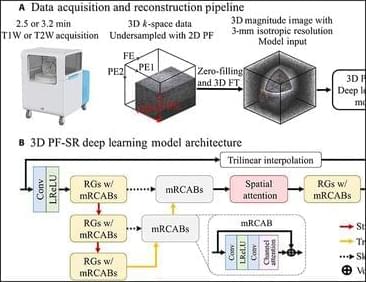

AI Identifies Brain Signals Associated With Recovering From Depression
It could soon be possible to measure changes in depression levels like we can measure blood pressure or heart rate.
In a new study, 10 patients with depression that had resisted treatment were enrolled in a six-month course of deep brain stimulation (DBS) therapy. Previous results from DBS have been mixed, but help from artificial intelligence could soon change that.
Success with DBS relies on stimulating the right tissue, which means getting accurate feedback. Currently, this is based on patients reporting their mood, which can be affected by stressful life events as much as it can be the result of neurological wiring.

AI Can Predict Future Heart Attacks By Analyzing CT Scans
An artificial intelligence platform developed by an Israeli startup can reveal whether a patient is at risk of a heart attack by analyzing their routine chest CT scans.
Results from a new study testing Nanox. AI’s HealthCCSng algorithm on such scans found that 58 percent of patients unknowingly had moderate to severe levels of coronary artery calcium (CAC) or plaque.
CAC is the strongest predictor of future cardiac events, and measuring it typically subjects patients to an additional costly scan that is not normally covered by insurance companies.

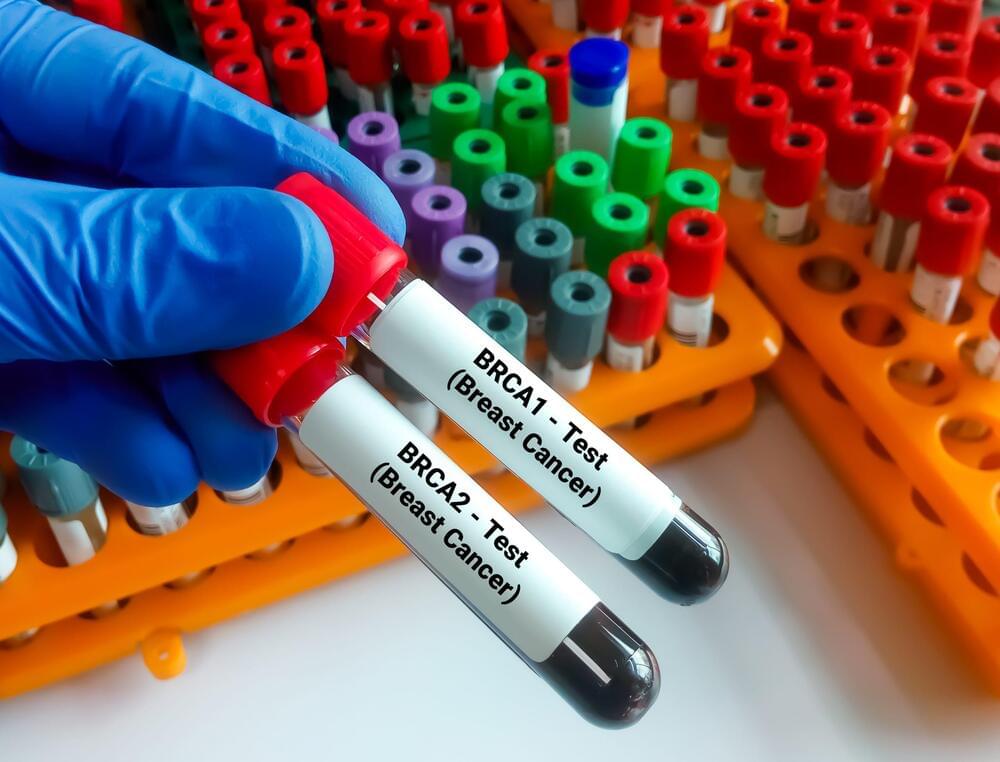
New Compound Reduces Tumor Growth, Overcomes Resistance in Mutant p53-Bearing Cancers
A new compound called d16 that reduces tumor growth and overcomes treatment resistance in mutant p53-bearing cancers has been developed by researchers at the Baylor College of Medicine. Their findings testing the compound, published in the journal Cancer Research Communications, suggests the new compound could be used in combination therapies to provide more effective treatment against these kinds of cancer.
“One of the most common alterations in many human cancers are mutations in p53, a gene that normally provides one of the most powerful shields against tumor growth,” says Helena Folly-Kossi, PhD, a postdoctoral associate in Weei-Chin Lin’s lab at Baylor and the study’s first author. “Mutations that alter the normal function of p53 can promote tumor growth, cancer progression and resistance to therapy, which are associated with poor prognosis. It is important to understand how p53 mutations help cancer grow to develop therapies to counteract their effects.”
According to Lin, finding ways to target p53 mutations directly as a form of therapy for cancer has been difficult. His lab has been working for many years to not interfere directly with p53, but rather to identify vulnerabilities in the cells carrying p53 mutations that they could target to prevent cancer growth. “One of the challenges has been to develop drugs that act on mutant p53 directly. Some of these drugs are under development, but they appear to be toxic,” he said.

New center provides resources to develop and test new genome editing technologies
Researchers at Baylor College of Medicine and Rice University received a grant for more than $3.9 million over five years from the National Institutes of Health’s Office of Research Infrastructure Programs to establish the Baylor/Rice Genome Editing Testing Center (GETC). The new center will assist investigators from across the country with somatic cell genome editing experiments in mouse models.
Somatic cell genome editing, the ability to edit DNA within the body’s non-reproductive cells, is a promising potential treatment for the most severe human diseases. Over the last decade, significant effort has gone into developing more effective genome editing systems and methods of delivery to specific cells and organs. However, many of these new technologies do not progress to use in humans because there is insufficient evidence from animal models supporting their effectiveness.
“Our center will provide mouse model resources and genome editing testing pipelines to researchers who are developing new genome editing and delivery technologies but need assistance with conducting preclinical animal studies,” said Dr. Jason Heaney, co-principal investigator and associate professor of molecular and human genetics at Baylor. “Our goal is to help generate the animal model data needed to demonstrate the therapeutic potential of these cutting-edge technologies.”
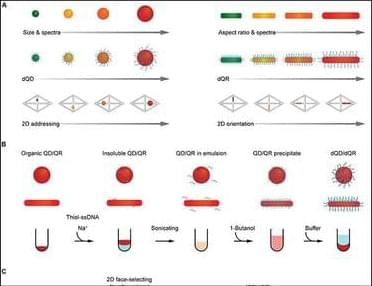
Ultrafast dense DNA functionalization of quantum dots and rods for scalable 2D array fabrication with nanoscale precision
Abstract: Full Publication #OpenAccess.
Scalable fabrication of two-dimensional (2D) arrays of quantum dots (QDs) and quantum rods (QRs) with nanoscale precision is required for numerous device applications. However, self-assembly–based fabrication of such arrays using DNA origami typically suffers from low yield due to inefficient QD and QR DNA functionalization. In addition, it is challenging to organize solution-assembled DNA origami arrays on 2D device substrates while maintaining their structural fidelity. Here, we reduced manufacturing time from a few days to a few minutes by preparing high-density and rehydration process. We used a surface-assisted large-scale assembly (SALSA) method to construct 2D origami lattices directly on solid substrates to template QD and QR 2D arrays with orientational control, with overall loading yields exceeding 90%. Our fabrication approach enables the scalable, high fidelity manufacturing of 2D addressable QDs and QRs with nanoscale orientational and spacing control for functional 2D photonic devices.
Dehydration and surface-assisted assembly enable rapid, scalable quantum dot and quantum rod 2D arrays with nanoscale precision.
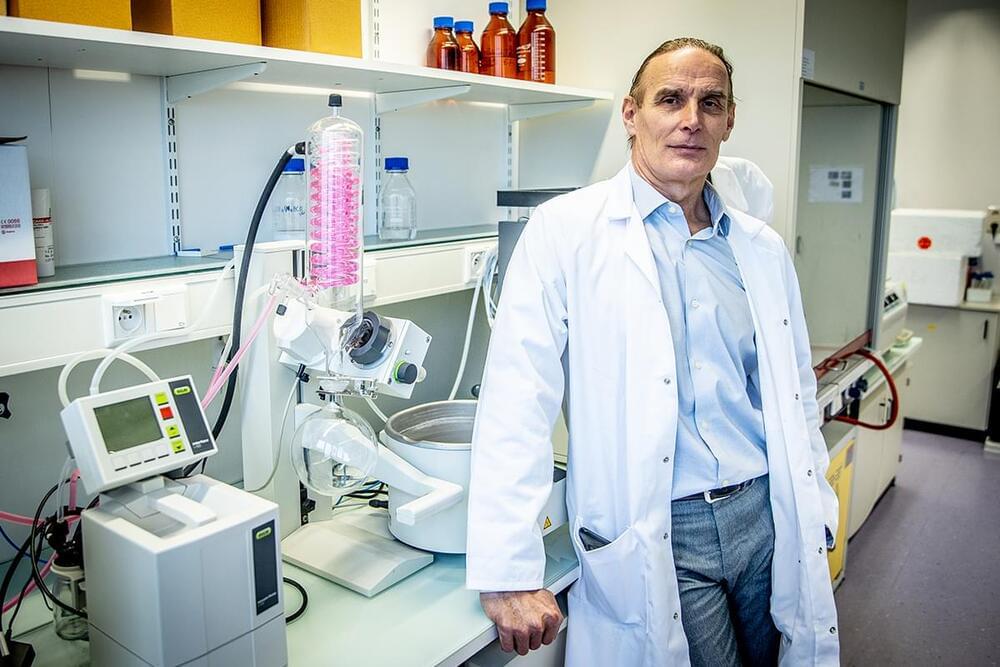
Genflow makes progress towards clinical trial of NASH gene therapy
Gene therapy company Genflow Biosciences has received positive feedback from Belgium’s Federal Agency for Medicines and Health Products as it seeks to move into human clinical trials. Genflow is developing gene therapies that target the aging process, with a focus on reducing and delaying age-related diseases.
Genflow’s approach involves the use of adeno-associated virus (AAV) vectors to deliver copies of the Sirtuin-6 (SIRT6) gene variant found in centenarians into cells. Sirtuins are a group of proteins that play a vital role in regulating various cellular processes. In recent years, SIRT6 has gained attention for its potential role in promoting healthy aging.
Genflow says it has received written advice from the FAHMP to commence clinical trials of its lead compound (GF-1002) in patients suffering from NASH, an aggressive form of non-alcoholic fatty liver disease, rather than in healthy volunteers. While further discussions and agreement with the European Medicine Agency (EMA) are still required, Genflow says that it expects a NASH clinical trial to commence in approximately 18 months.
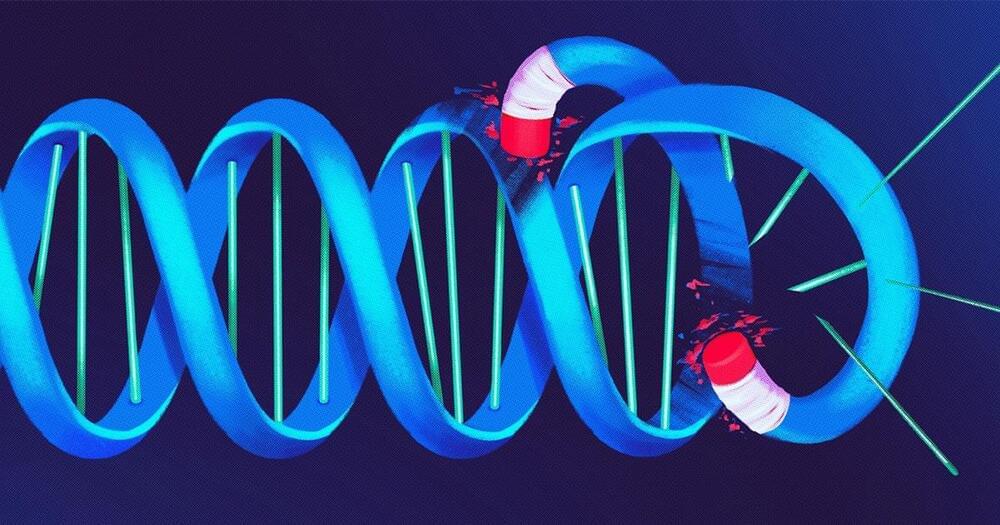
To Defend the Genome, These Cells Destroy Their Own DNA
In a recent study, scientists stained the DNA of this worm hatchling to hunt down segments of DNA that they’d seen deleted from its genome earlier in development. The deleted fragments (red) survive only in germline cells in the worm’s gonads.
To figure out what was going on, Delattre’s lab looked at the DNA of an adult worm. The researchers compared the genomes of M. belari’s germline cells — the specialized reproductive cells like sperm and eggs — with the genomes of the worm’s somatic (nonreproductive) cells. The somatic genomes were missing long strings of sequences present in germline genomes. Sometime between the embryo’s growth from seven cells to 32, huge chunks of DNA had vanished.
The scientists then watched nematode embryos develop under a microscope. As the cells grew and replicated their genomes, they broke 20 chromosomes down into fragments and then reassembled them into 40 miniature chromosomes. Most of the fragments rejoined in this new, smaller genome — but a substantial fraction were left out.